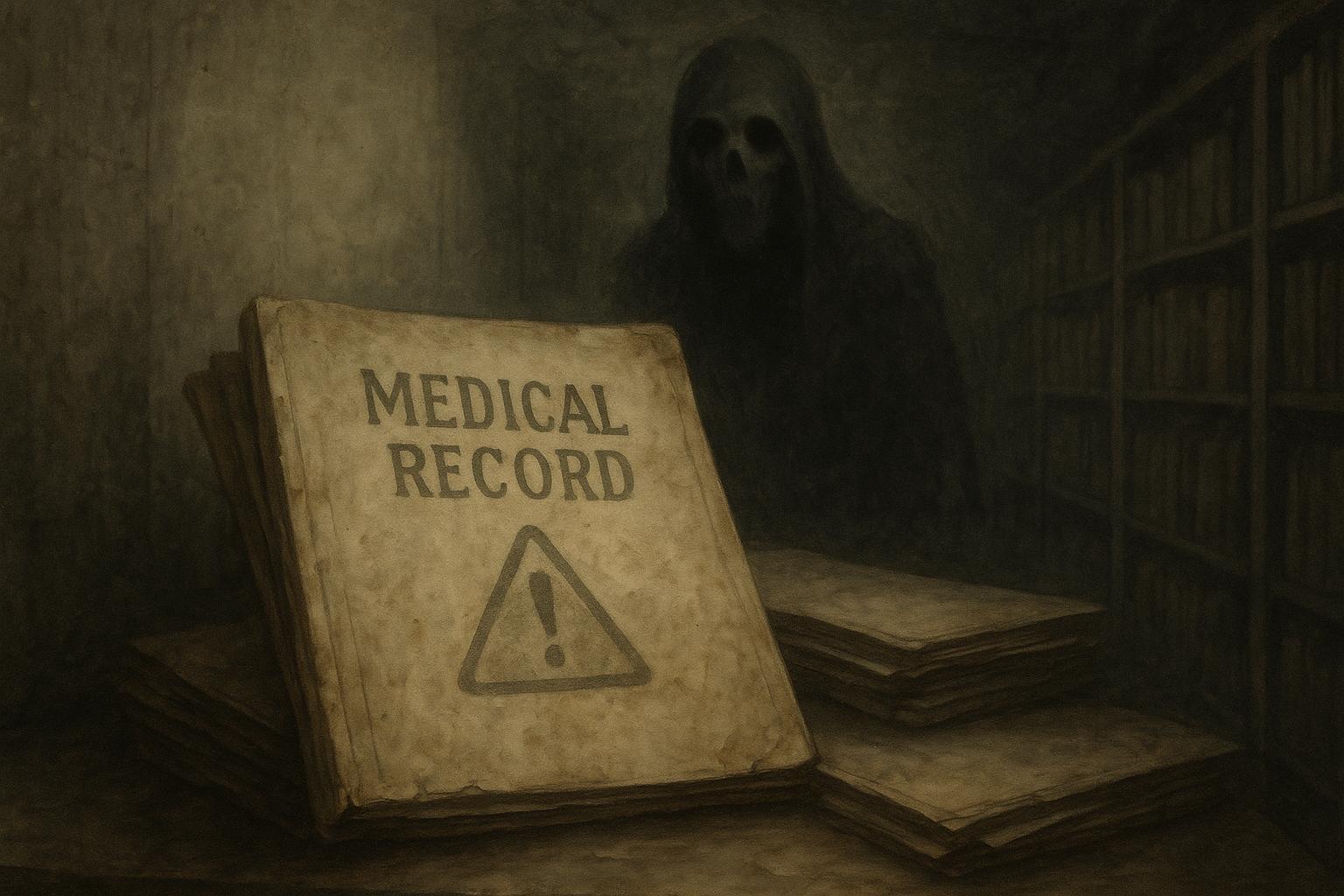A woman who contracted an incurable brain disease due to an NHS surgical procedure nearly five decades ago is living with what she describes as a "death sentence." Natalie Bralee-Brett, now 53, was born with spina bifida, a congenital defect involving a gap between the brain and spinal cord. In 1975, at the age of three, she underwent a pioneering operation at Great Ormond Street Hospital in London. The surgery involved implanting a graft made from dura mater, a type of membrane harvested from deceased donors, into her spinal cord to protect the area and prevent fluid leakage. This medical intervention, intended to improve and prolong her life, is now identified as the source of a rare, devastating brain condition known as iatrogenic cerebral amyloid angiopathy (ICAA).
ICAA is characterized by the accumulation of amyloid proteins in the brain's blood vessels, leading to microbleeding, cognitive decline, and a significantly heightened risk of strokes and dementia. Natalie experiences frequent falls, debilitating headaches, and progressive memory loss—symptoms that cast a long shadow over her daily existence. She poignantly told Sky News, "Living with a death sentence, this is the only way I could describe it," highlighting the ever-present fear that a headache could herald a catastrophic stroke or brain episode. Despite her condition worsening, with recent scans showing increasing brain inflammation, there remain many unanswered questions, particularly concerning the origins of the graft tissue implanted into her body, a detail lost to history due to the common practice of pooling dura mater from multiple donors.
Natalie's brother, Neil, who underwent the same surgery in 1980 for spina bifida, was also diagnosed with ICAA in 2023. Now 45, he suffers from Alzheimer's disease and has been rendered unable to work. The siblings' shared diagnosis makes them unique internationally; they are the only siblings listed on the global ICAA registry, which includes only 52 confirmed cases worldwide. The family’s anguish is compounded by the rarity of the disease and the limited understanding within the medical community.
Harvard Professor Steven Greenberg, a leading expert on ICAA, described the condition as an "iatrogenic" disease—one caused by medical treatment. He explained that the “I” in ICAA reflects that this illness stems from doctors’ interventions, specifically the historical use of cadaveric dura mater grafts in neurosurgery. In the 1970s and 1980s, such grafts were believed to be effective natural materials for closing defects in the nervous system. However, it has since emerged that these grafts can introduce pathogenic proteins, which accumulate over time and trigger destructive brain diseases. The affected patients, numbering potentially in the hundreds globally, face a tragic consequence of past medical practices carried out with the best intentions.
There is growing awareness of the dangers tied to cadaveric dura mater grafts. These grafts were once used in over 20 types of surgeries worldwide but have been discontinued due to serious risks, including the transmission of Creutzfeldt-Jakob disease (CJD), a fatal prion disease. Cases of CJD linked to dura mater grafts have been documented extensively since the 1980s, with reports from Spain, Japan, and several other countries. Medical literature describes multiple instances where patients developed CJD years after receiving such grafts, highlighting the grafts as the likely source of infection. The World Health Organization advised against the use of cadaveric dura mater grafts in 1997 following the discovery of these risks, and the last known UK use occurred in 1992.
Simon Stratford’s tragic story underscores the human cost of these medical procedures. A father of four, he died in 2003 following a brain tumour operation in which a Lyodura graft was used. His widow, Colleen, recounted that Simon believed he was dying months before his death, and an official inquest confirmed the graft was the source of his fatal CJD infection. The manufacturer of Lyodura, a German company named B. Braun, declined to comment on the connection between dura mater grafts and brain diseases like ICAA, demonstrating a continued reticence surrounding accountability.
Within the UK, Great Ormond Street Hospital has acknowledged the profound worry former patients might face upon learning of the risks associated with these historical grafts. The hospital's medical director, Dr Sophie Varadkar, told Sky News, "At the time, this type of product was commonly used in surgical procedures worldwide, and sadly, the risks associated with it were not yet understood." She offered support to former patients seeking access to their medical records to discuss concerns with their current healthcare providers.
The UK Department of Health has confirmed ongoing investigations into ICAA and related conditions, recognizing the possibility of previously unaccounted transmission routes. A spokesperson indicated that the Advisory Committee on the Safety of Blood, Tissues and Organs is reviewing the issue with the intention of advising the government further. Patients or former patients worried about their historical treatment are encouraged to consult their general practitioners or specialists for guidance and support.
Natalie's story and others like hers illuminate a painful chapter in medical history, where advancements in surgical techniques inadvertently introduced deadly risks. As diagnostic tools such as advanced MRI scanning improve, more cases of ICAA may come to light, helping expand the small international register. Experts and families alike hope that these revelations will prompt more research, transparency, and ultimately better outcomes for those affected by this tragic legacy.
📌 Reference Map:
- Paragraph 1 – [1], [2]
- Paragraph 2 – [1], [2]
- Paragraph 3 – [1], [2]
- Paragraph 4 – [1]
- Paragraph 5 – [1], [3], [4], [5], [6], [7]
- Paragraph 6 – [1]
- Paragraph 7 – [1]
- Paragraph 8 – [1]
- Paragraph 9 – [1]
Source: Noah Wire Services
